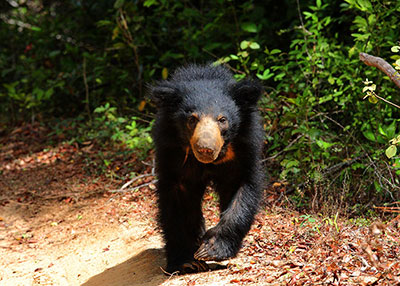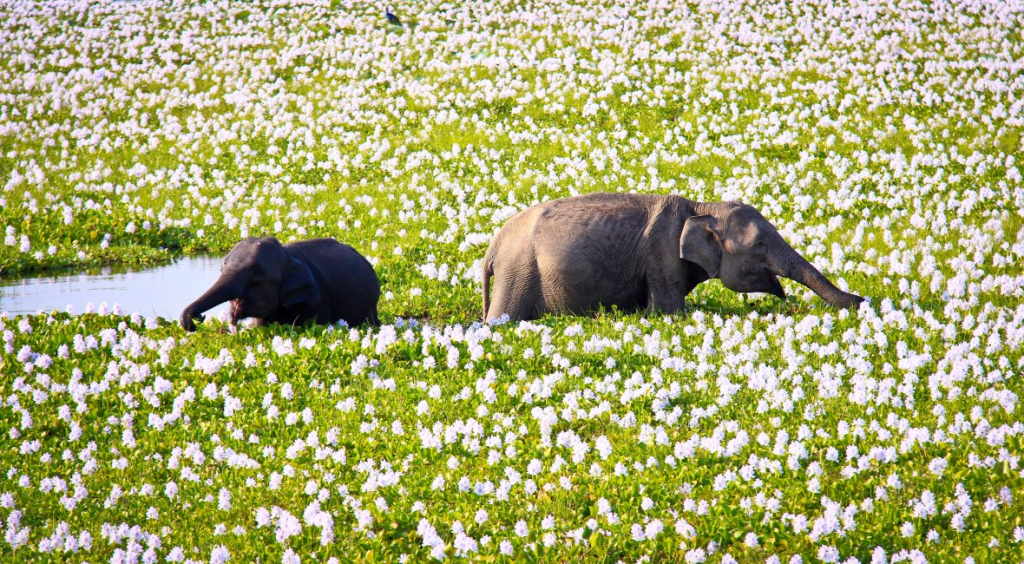The first time I heard of a sloth bear, I imagined something slow-moving and cuddly slung dopily between branches, perhaps sucking on some honeycomb. Then I ran into the historian Simon Schama at the Galle Literary Festival, in Sri Lanka, where we were both speaking. He had just come from Yala, the country’s national park in the southeast, to which I was heading in search of them. “You really don’t want to meet a sloth bear,” he said. “They will rip your face off.”

I thought he was mad. Admittedly they look a bit strange, with their long, hairless white snouts, but my main reference for them was Baloo, the easy-going bear who brings up Mowgli in The Jungle Book. Then I googled. Immediately a series of alarming reports popped up from India — the only country apart from Sri Lanka where sloth bears are native. In November 2022 a sloth bear in Tamil Nadu had attacked three men including a vegetable seller, “furiously trying to bite off his face”. Another report described a couple “mauled to death” on their way home from a temple. Then there was the notorious sloth bear of Mysore, which killed 12 people. Under the video someone had posted the comment: “Happy New Year everyone! What is your New Year’s resolution? Mine is to stay away from sloth bears.”
So I was rather relieved when I arrived at the Hilton Yala Resort and Sajith (Saj) Withanage, the head ranger, told me it was the wrong time of year for sloth bears. The best months to see them are May and June, when the palu berries fruit and the bears get high on sugar.
This park’s main claim to fame is leopards. Yala has the world’s highest density of leopards, the most elegant of big cats and a species I had never seen in the wild. There are also quite a few elephants, creatures that never fail to make me smile. I had already spent a week in Sri Lanka and was smitten. I don’t think I have ever been to a friendlier country or one of such lush greenery and mouthwatering food.

